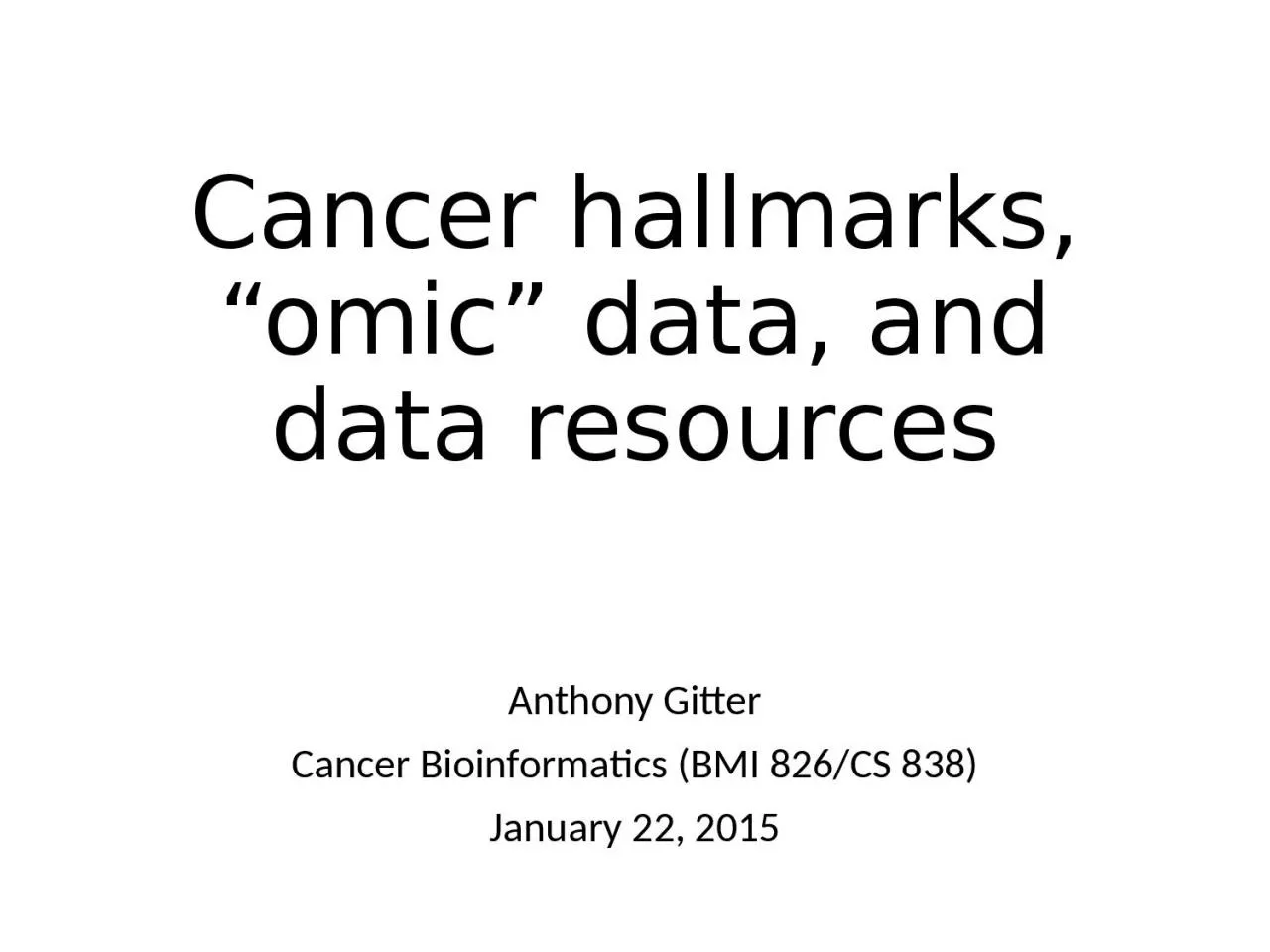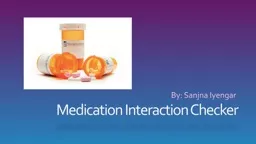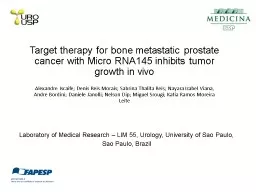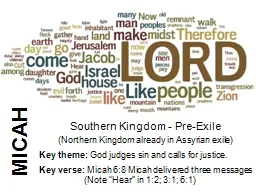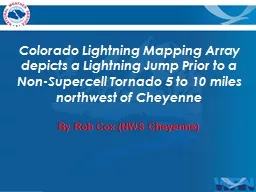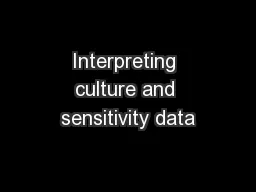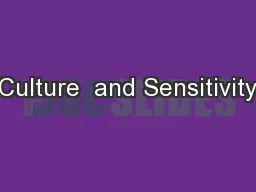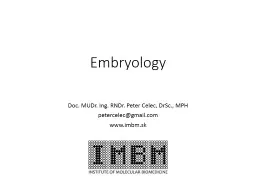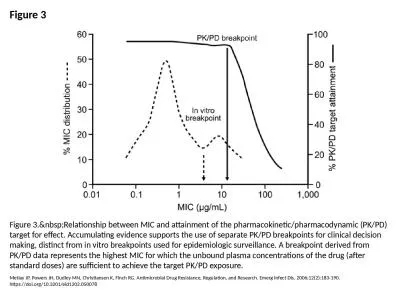PPT-Cancer hallmarks, “ o mic
Author : SpunkyFunkyGirl | Published Date : 2022-08-03
data and data resources Anthony Gitter Cancer Bioinformatics BMI 826CS 838 January 22 2015 What computational analysis contributes to cancer research Predicting
Presentation Embed Code
Download Presentation
Download Presentation The PPT/PDF document "Cancer hallmarks, “ o mic" is the property of its rightful owner. Permission is granted to download and print the materials on this website for personal, non-commercial use only, and to display it on your personal computer provided you do not modify the materials and that you retain all copyright notices contained in the materials. By downloading content from our website, you accept the terms of this agreement.
Cancer hallmarks, “ o mic: Transcript
Download Rules Of Document
"Cancer hallmarks, “ o mic"The content belongs to its owner. You may download and print it for personal use, without modification, and keep all copyright notices. By downloading, you agree to these terms.
Related Documents

